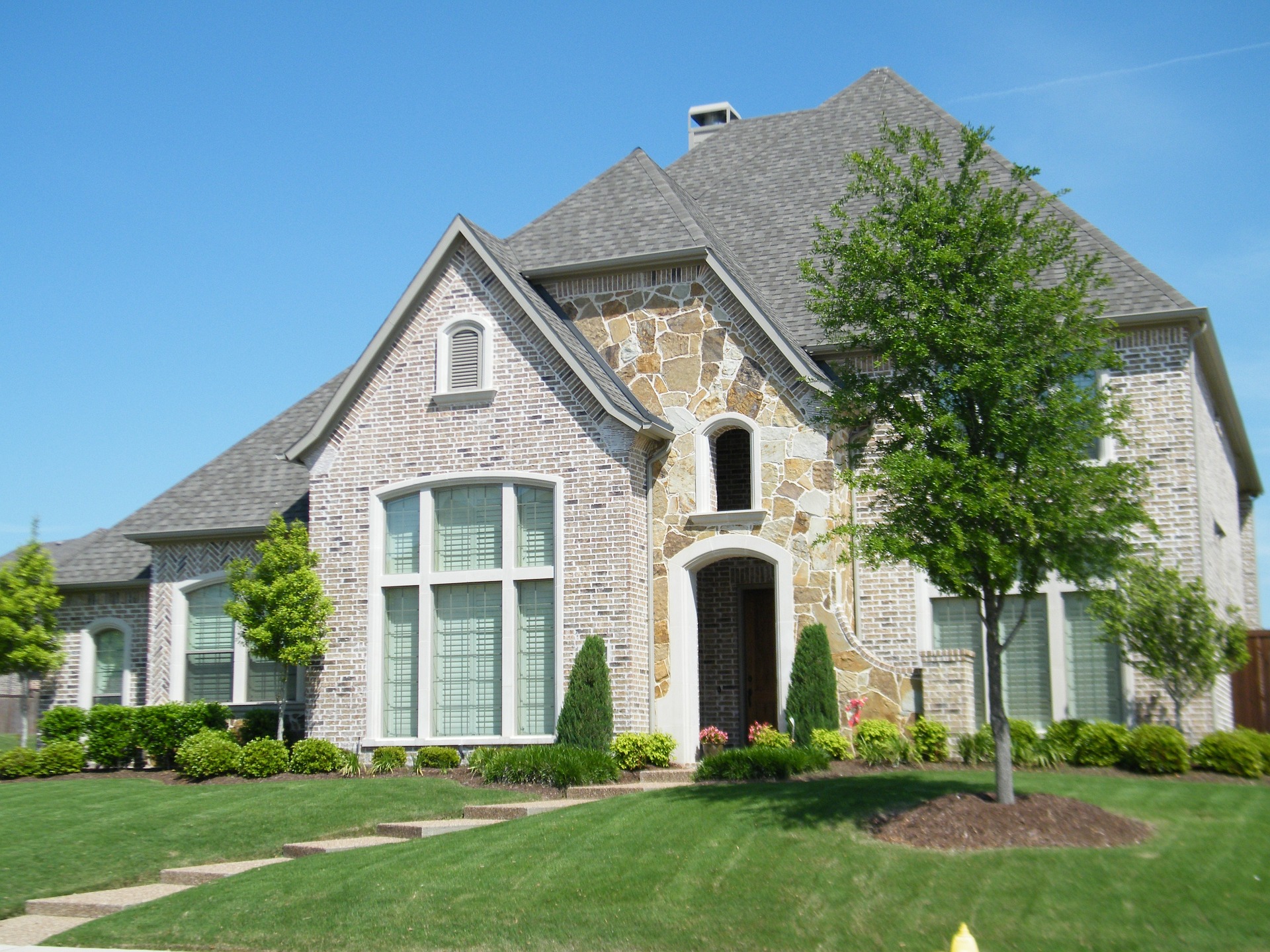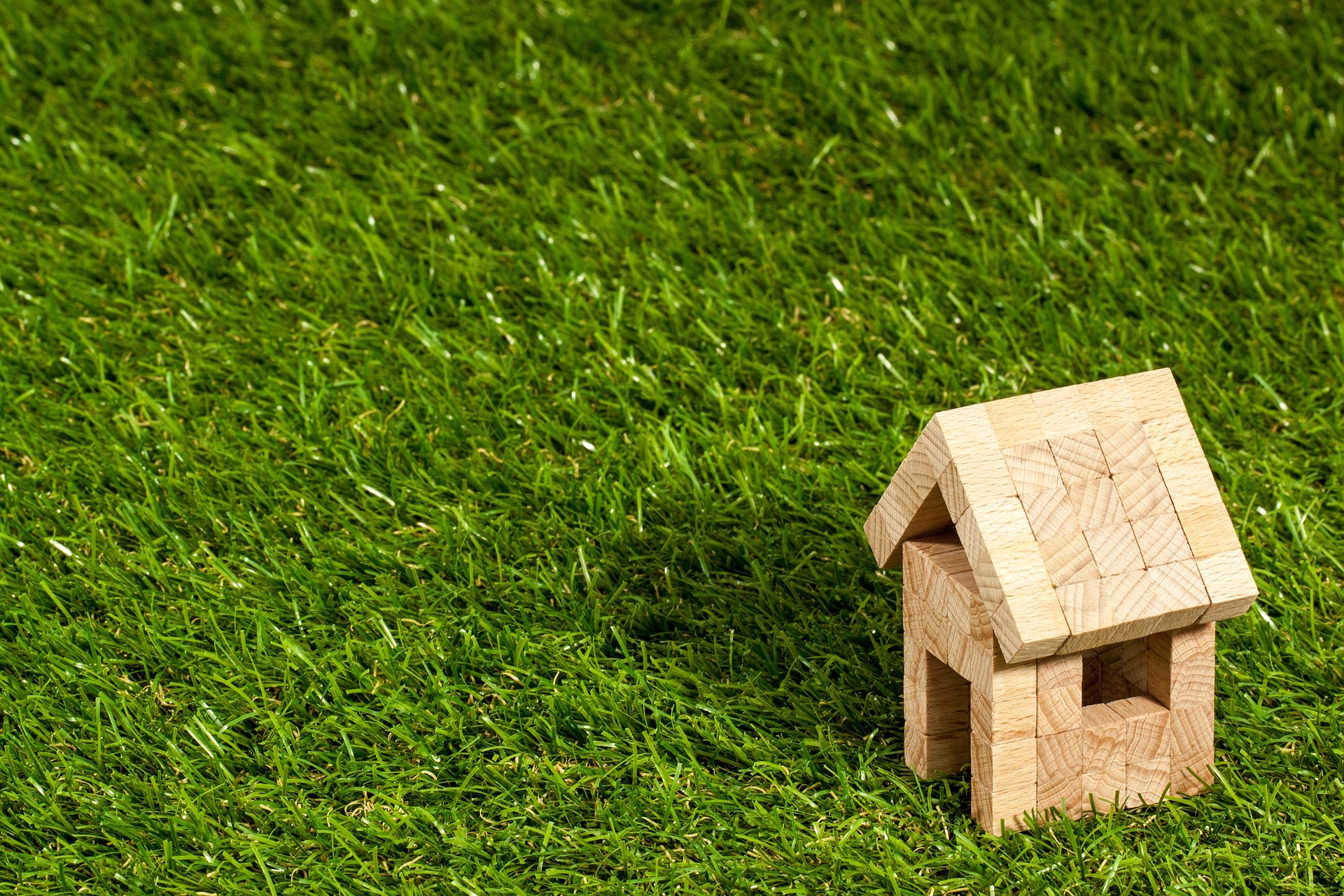When it comes to owning a home, understanding its structure is one of the most important things you can do. Knowing how the house is built and what materials were used in its construction will help ensure that your home remains safe and secure for years to come. Here are some key things you need to know about the structure of your house.
Foundation
The foundation of a house is one of the most critical structural components and provides essential support to the rest of the structure. As a homeowner, you should know that RSJs come in two forms which are either solid or open-web steel joists. The foundation should be made from concrete reinforced with rebar and should have correct drainage installed to prevent water It is typically constructed using a range of materials, such as poured concrete, concrete blocks, wood-frame posts, and steel I-beams.
The type of material used for the foundation will depend on local building codes, soil conditions, and other factors. In order to ensure that the foundation is properly designed and constructed, it is important to consult with a qualified structural engineer or contractor before beginning the project. A strong foundation should be able to provide adequate support for the entire weight of the house and any additional loads due to weather or seismic events. This includes provisions such as deep footings extending below frost line depths and grade beams that are reinforced with steel bars. If not done correctly, there can be problems in either stability or durability over time resulting in costly repairs or worse – complete failure of your home’s structure.
Framing
Framing is an essential part of any house’s structure and something that homeowners should be aware of when undertaking any major renovation or construction project. It provides the skeleton of a house, and without it, any home would fail to remain standing. The process consists of the placement of wall studs and vertical supports to hold up the roof, as well as joists for floors and walls. Additionally, framing can also provide additional space inside walls for insulation, wiring, pipes, etc.
It is important to note that proper framing must be done according to local building codes in order to ensure safety and stability throughout the structure. This means that there must be adequate reinforcement in areas subject to higher loads such as around doorways and windows. Any wood used must also be treated with insecticide and fire retardant chemicals in order to prolong its life span. In addition, framing should take into account seismic activity in certain regions where natural disasters could potentially cause damage or destruction if not properly protected.
Roofing
Roofing is an important component of a home’s structure. It serves to protect the interior of the home from exterior elements such as wind, rain, snow, and sun. A good roofing system will provide years of weather protection and keep the indoor temperature comfortable throughout all four seasons. There are several materials they can be made from, such as the following:
- asphalt shingles
- metal roofing
- clay tiles
- concrete tiles
- slate tiles
- wood shingles and shakes
- synthetic materials
When selecting a roofing material, it’s important to consider style, cost, durability, fire rating, installation requirements, and energy efficiency. Also, consult with an experienced contractor who can provide you with professional advice about the best option for your needs and budget.
Walls
Walls provide support and stability as well as insulation, both thermal and acoustic. In some cases, such as in load-bearing solutions, they can even help bear the weight of the house’s roof.
From an aesthetic perspective, the walls of a house are also important for the overall look and feel of the home. The type of material used for wall construction can have a significant effect on how large or small a room feels and how much light it receives from windows or doors. Exterior walls need to be well insulated in order to keep temperatures inside comfortable while saving energy costs associated with heating and cooling.
Electrical
Knowing how electricity works and how to maintain it properly can help ensure the safety and functionality of a home. These systems provide power for lights, appliances, machinery, tools, and more, making them essential parts of modern living. Properly installed and maintained electrical systems are safe and reliable sources of power.
These systems send the electricity to homes and businesses through high-voltage transmission lines that are often elevated on poles or towers to clear obstructions from their path. Then, the lines then branch off into smaller low-voltage distribution lines that carry the electricity closer to customers’ homes. These low-voltage lines connect directly to the customer’s electric meter which measures how much electricity they are using so they can be billed accordingly by the utility company. From there the power enters wiring in walls throughout the home that feed outlets, light fixtures, appliances, and other electrical devices with electric current.
Plumbing
Plumbing is an essential part of the structure of a house. Plumbing systems distribute hot and cold water throughout the house and are responsible for the disposal of wastewater from sinks, showers, toilets, and appliances like dishwashers and washing machines. Poorly maintained plumbing can lead to leaks that can cause significant damage over time.
Good plumbing is essential because it helps maintain the cleanliness and safety of a home. Properly installed plumbing systems provide important functions such as delivering potable water, disposing of wastewater, and providing heating and cooling.
Maintenance
Maintenance is an essential part of keeping the structure of a house in good condition. Regular upkeep and repairs can help prevent small issues from becoming more costly problems later on. Doing regular inspections and performing preventative maintenance on the roof, walls, windows, foundation, and other areas will help ensure that your house remains in good condition for years to come.
Some of the main areas to focus on when it comes to house maintenance include exterior walls, roofing, ceilings, windows and doors, insulation, plumbing, electrical systems, and HVAC systems. Keeping these components in good condition is important for preventing water damage and making sure that everything is functioning properly.
When it comes to the structure of your house, there are many important things you need to be aware of. From walls and electrical systems to plumbing and maintenance, each component plays an essential role in keeping your home safe and comfortable. Knowing these components inside out can help ensure that your house is well-maintained and functioning properly for years to come. If you have any questions or concerns about the structural integrity of your home, always consult with a professional contractor who can provide expert advice on how best to proceed. With proper care and maintenance, you’ll be able to enjoy living in a structurally sound house for many years!


